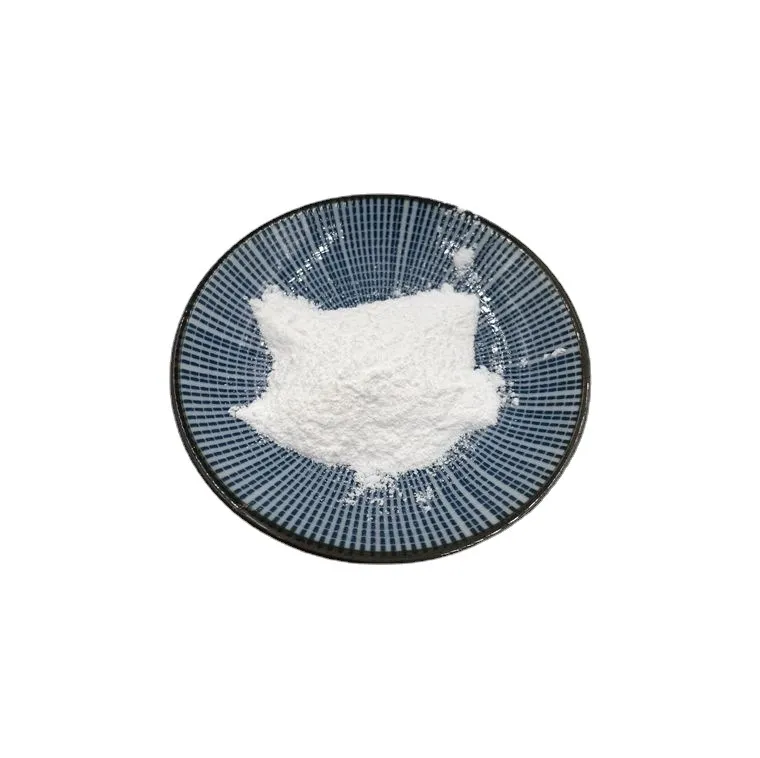Nov . 16, 2024 14:49 Back to list
trisodium citrate monohydrate
Understanding Trisodium Citrate Monohydrate Properties, Uses, and Benefits
Trisodium citrate monohydrate is a chemical compound derived from citric acid, which is predominantly found in citrus fruits. It is a salt that serves various purposes across multiple industries, including food, pharmaceuticals, and biochemistry. Characterized by its three sodium atoms, one citrate ion, and the presence of a water molecule in its structure, trisodium citrate is a versatile compound with valuable properties.
Chemical Properties
The chemical formula for trisodium citrate monohydrate is C6H7Na3O10 · H2O. It appears as a white, crystalline powder that is highly soluble in water. The compound has a slightly salty and sour taste, akin to its citrus origins. One of its most significant attributes is its ability to act as a buffering agent, which means it can help maintain a stable pH in solutions. This property is crucial in various applications, particularly in the food industry where controlling acidity is necessary for product stability and quality.
Uses in Food Industry
In the food industry, trisodium citrate is primarily used as a food additive, designated by the E number E331. It serves as an emulsifier, stabilizer, and preservative, helping to improve the texture and shelf life of food products. For example, it is often found in processed cheese, where it aids in melting and prevents the formation of a grainy texture. Additionally, it is used in soft drinks and fruit juices as a flavoring agent and to adjust acidity levels, contributing to the product's overall sensory experience.
Furthermore, trisodium citrate plays a key role in the production of certain confectioneries and preserves, where its ability to bind metal ions helps prevent spoilage. This characteristic not only enhances food safety but also maintains the quality and taste of products over time.
Pharmaceutical Applications
trisodium citrate monohydrate

Beyond the food industry, trisodium citrate monohydrate is leveraged in pharmaceuticals. It is commonly used in anticoagulant solutions for blood storage and transfusions, as it binds calcium ions and helps prevent blood clotting. This is particularly important in the healthcare field, where maintaining the integrity of blood components is vital for successful transfusions and organ transplants.
Additionally, trisodium citrate is often included in medications as a buffering agent to stabilize formulations and enhance drug delivery. Its role in the formulation of effervescent tablets is noteworthy, where it reacts with acids to produce carbon dioxide, leading to the tablet's dissolution when introduced to water.
Nutritional Benefits
Trisodium citrate also has potential health benefits. As a source of citrate anions, it can serve as an alkalizing agent in the body. Alkalis play an important role in balancing pH levels and promoting metabolic health. Some studies suggest that citrate may have a role in preventing the formation of kidney stones by inhibiting crystallization processes.
Moreover, it has been investigated in the context of exercise performance. When combined with carbohydrates, trisodium citrate may help reduce fatigue during prolonged physical exertion. It does this by enhancing the utilization of glucose and minimizing lactic acid accumulation in the muscles, which can be beneficial for athletes and physically active individuals.
Conclusion
In summary, trisodium citrate monohydrate is a multifaceted compound with various applications across diverse sectors. Its chemical properties allow it to function effectively as an emulsifier, stabilizer, and buffering agent, making it invaluable in both food and pharmaceutical industries. Its potential health benefits further add to its appeal, illustrating its significance in metabolic processes and exercise science. As research continues to explore the full range of its capabilities, trisodium citrate is likely to remain an essential compound in our daily lives.
Latest news
-
Certifications for Vegetarian and Xanthan Gum Vegetarian
NewsJun.17,2025
-
Sustainability Trends Reshaping the SLES N70 Market
NewsJun.17,2025
-
Propylene Glycol Use in Vaccines: Balancing Function and Perception
NewsJun.17,2025
-
Petroleum Jelly in Skincare: Balancing Benefits and Backlash
NewsJun.17,2025
-
Energy Price Volatility and Ripple Effect on Caprolactam Markets
NewsJun.17,2025
-
Spectroscopic Techniques for Adipic Acid Molecular Weight
NewsJun.17,2025

